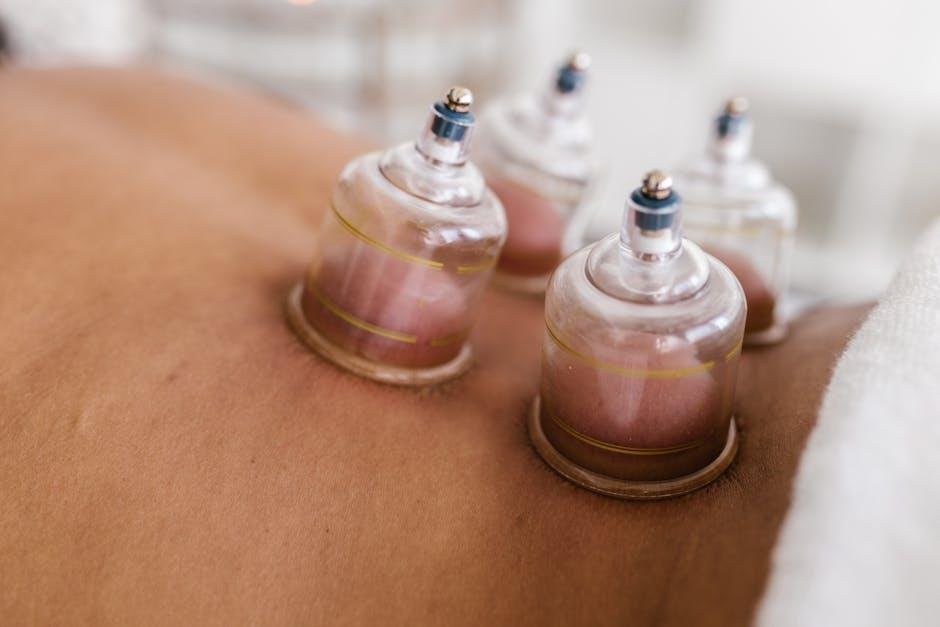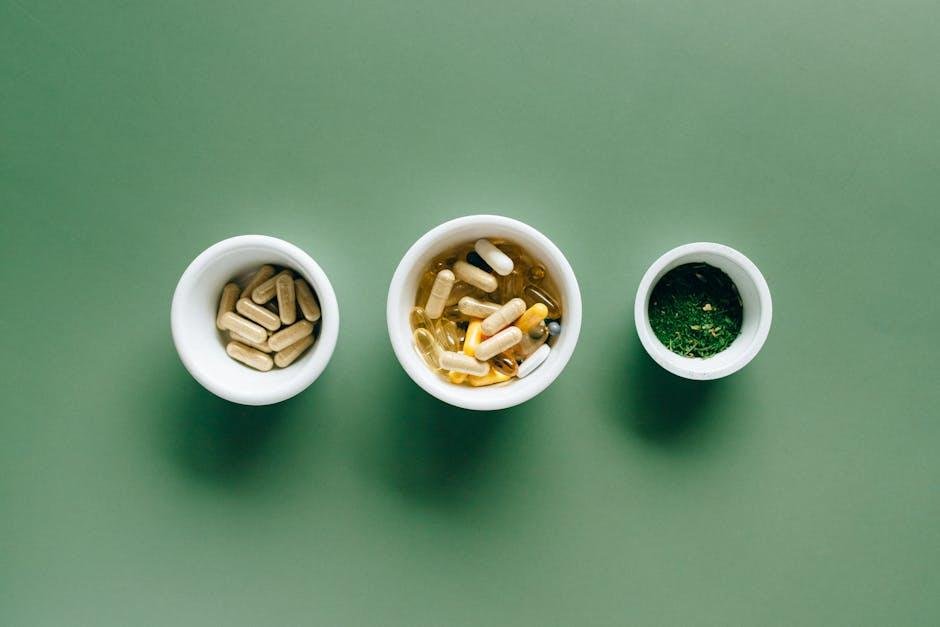In the world of strength training, the thrill of pushing your limits often overshadows the vital importance of recovery. After a grueling session of heavy lifting, your muscles may feel like they’ve been through a battle, and the path to optimal recovery is just as crucial as the workout itself. It’s not just about resting; it’s about strategically nurturing your body so it can rebuild stronger and more resilient. In this article, we’ll delve into the best recovery routines designed to rejuvenate tired muscles, enhance performance, and ensure that you’re ready to tackle your next challenge with renewed vigor.whether you’re a seasoned lifter or a newcomer to the weights, understanding these essential post-workout practices can make all the difference in your fitness journey. Let’s explore the art and science of effective recovery after heavy lifting.
Understanding Muscle Recovery: The Science Behind Repair and Growth
Muscle recovery is a critical process that directly influences your performance and overall fitness goals. After an intense lifting session, your muscles experience microscopic tears, leading to soreness and fatigue. This natural process triggers a complex physiological response that involves increased blood flow, nutrient delivery, and the release of various growth factors. In this stage, your body prioritizes repairing damaged tissues and fostering muscle hypertrophy, which is essential for building strength and endurance. Engaging in appropriate recovery practices can enhance this process, optimizing both recovery time and muscle growth.
Incorporating a well-rounded recovery routine can considerably aid your body’s ability to bounce back from heavy lifting. Key components of an effective recovery strategy include:
- hydration: Ensure you are replenishing lost fluids to aid metabolic processes.
- Nutrition: Consuming a balanced diet rich in protein, healthy fats, and carbohydrates provides the necessary building blocks for muscle repair.
- Active Recovery: Light activities such as walking or cycling can improve blood circulation, helping to reduce muscle stiffness.
- Sleep: Prioritizing quality sleep is crucial for recovery, as it allows your body to repair tissues and regulate hormones.
To further enhance your recovery routine,consider incorporating supportive therapies such as foam rolling,stretching,or massage. Each method helps alleviate muscle tightness and promotes relaxation,which can be beneficial for both mental and physical recovery. Keep in mind that listening to your body is essential; it’s just as crucial to rest and allow your muscles to recover properly as it is to push your limits in the gym.

Essential Nutrition for Optimal Recovery: Fueling Your Body Right
To facilitate optimal recovery after an intense lifting session, it’s crucial to focus on the right nutrients. Proteins play a pivotal role in muscle repair and synthesis, making them an essential component of your post-workout meal. Aim to include high-quality sources such as:
- lean meats (chicken, turkey, lean beef)
- Fish (salmon, tuna, or other fatty fish rich in Omega-3)
- Dairy (Greek yogurt, cottage cheese)
- Plant-based proteins (quinoa, lentils, chickpeas)
In addition to protein, carbohydrates are essential for replenishing glycogen stores and providing energy for future workouts. The ideal recovery meal should balance these nutrients effectively.Consider incorporating a mix of complex and simple carbohydrates, such as:
- Whole grains (brown rice, quinoa, oats)
- Fruits (bananas, berries, apples for a quick sugar boost)
- Vegetables (spinach, sweet potatoes for additional vitamins)
Hydration is another crucial aspect of recovery. Ensure you are drinking plenty of water, and consider adding electrolytes if your workout was especially intense. Below is a simple table to guide your post-lifting nutrition:
| Food Type | Suggested Foods |
|---|---|
| Protein Sources | Chicken, Salmon, Greek Yogurt |
| Carbohydrate Sources | Brown Rice, Oats, Bananas |
| Hydration | Water, electrolyte drinks |

Active Recovery Techniques: Enhancing Circulation and Reducing Soreness
Active recovery is a vital aspect of any lifting regimen, playing a crucial role in enhancing blood circulation while alleviating post-workout soreness. Engaging in low-intensity activities allows the body to continue moving without the stress of high-impact routines. Popular options include:
- Walking: A brisk 20-30 minute walk can stimulate circulation and aid in muscle recovery.
- yoga: Gentle stretching and balance poses help increase blood flow and promote flexibility.
- Cycling: Light cycling, whether on a stationary bike or outdoors, keeps the legs moving without overexertion.
- Swimming: The buoyancy of water alleviates strain on joints while promoting muscle relaxation.
Incorporating these activities into your recovery routine not only mitigates soreness but also enhances the overall recovery process. For those looking to diversify their recovery approach,consider using tools such as foam rollers and massage guns to further promote circulation and relieve tension. Below is a simple comparison of these recovery tools:
| tool | Benefits | best For |
|---|---|---|
| Foam Roller | Increased blood flow, reduced muscle tightness | General muscle recovery |
| Massage Gun | Targeted relief, quicker recovery time | specific sore spots |

The Role of Sleep in Muscle Recovery: Prioritizing Rest for Peak Performance
Sleep is one of the most crucial components of a extensive recovery routine, particularly for those who engage in heavy lifting. During the deep stages of sleep, the body undergoes vital restorative processes that aid in muscle repair and growth. This is the time when the release of growth hormones peaks, facilitating protein synthesis and tissue rebuilding. If you neglect sleep,you may find your gains hampered and your performance plateauing,no matter how hard you train. Recognizing the importance of prioritizing quality sleep can make a remarkable difference in your lifting endeavors.
For optimal recovery,consider the following lifestyle adjustments to improve sleep quality:
- Establish a Routine: Go to bed and wake up at the same time every day to regulate your body clock.
- Create a Sleep-Inducing Surroundings: Ensure your bedroom is cool, dark, and quiet.
- Avoid Stimulants: Limit caffeine and electronic device use several hours before sleep.
- Incorporate Relaxation Techniques: Engage in activities like meditation or gentle stretching before bed.
| sleep Duration | Benefits for muscle Recovery |
|---|---|
| 7-9 hours | Optimal repair and growth of muscle tissue |
| Less than 6 hours | increased risk of fatigue and injury |
| Quality Deep Sleep | Enhanced hormone release and stress reduction |
To Wrap It Up
optimizing your recovery routine after heavy lifting is not just a matter of rest; it’s an artful blend of nutrition, hydration, and mindful practices that work in harmony to rejuvenate your body. As you step off the gym floor and into your recovery space, remember that your gains depend on both the effort you put into lifting and the care you give to your body afterward. By incorporating these strategies—stretching to maintain flexibility, fueling yourself with nutrient-rich foods, and allowing for restorative sleep—you’ll pave the way for enhanced performance and reduced injury risk.
Each workout is a step on your fitness journey, and how you recover is just as vital as the lifting itself. Treat your body with the respect it deserves, nurture it with purposeful self-care, and watch as your strength flourishes. As you move forward, remain attentive to your individual needs, listen to your body, and fine-tune your routine as necessary. After all, in the world of heavy lifting, a well-crafted recovery is the secret ingredient that transforms effort into lasting results. Embrace the process, and let your recovery routine be a celebration of your dedication to strength and wellness.
